Iranian Neurosurgeons Call On Government To Stop Crackdown On Teens
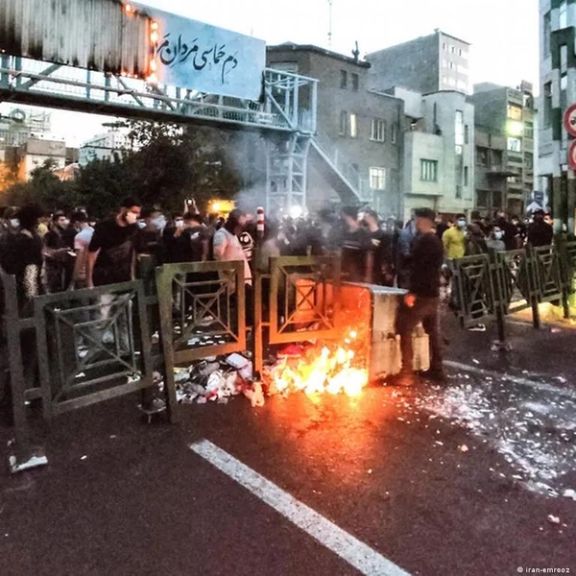
A group of 130 neurosurgeons has called on the Islamic Republic to stop violent crackdown on protesters, especially on “children and teenagers.”

A group of 130 neurosurgeons has called on the Islamic Republic to stop violent crackdown on protesters, especially on “children and teenagers.”
In a statement on Sunday, the doctors said people heard the voice of the oppressed people of Iran in all corners of the world, noting that the country is inflamed with protests, ignited by the death in custody of 22-year-old Mahsa Amini in mid-September.
They called on the security forces to allow all injured people to receive medical care without interfering in their medical affairs, and and not to enter medical centers. Multiple reports indicate that people injured during protests are afraid to seek medical care at hospitals and clinics for fear of being arrested. Security forces wait in hospitals to identify those who were wounded during protests.
They also urged creating the right atmosphere suitable for hearing people's protests and holding gatherings in a safe environment as well as the unconditional release of all political prisoners.
Protests in Iran continued Sunday in several cities with people chanting slogans against the government and the Supreme Leader.
On Saturday, a huge rally of Iranian expatriates in the German capital Berlin was held, angering the government in Tehran which tried to belittle the opposition gathering.
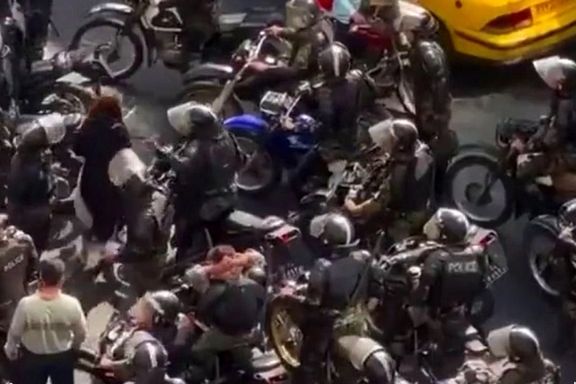
The growing women-led protests in Iran entered a sixth week on Sunday while university students braved crackdown to challenge the government by holding rallies.
Sharif University students in Tehran gathered in front of the canteen entrance chanting slogans against plainclothes Basij militias who attack and arrest students.
At Tehran's Amirkabir University male and female students defied the gender segregation rules and sat next to each other at the cafeteria. They sang Shervin Hajipour's protest song together.
Videos sent from the Azad University of Karaj in Western Tehran, show students chanting “This is no longer protests, It’s the beginning of a revolution.”
At Gohardasht Azad University in Karaj students also chanted slogans like “Women, Life, Liberty”.
Students at Yazd University in central Iran gathered in the courtyard calling on others to join them chanting “If you’re neutral, You have no honor,” and “When the university’s filled with blood, It’s forbidden to attend classes.”
Videos received by Iran International show that the students of Yasouj University in southwestern Iran gathered on the campus and chanted slogans such as “Dishonored Basijis, You are our ISIS” and “I will not go to class until I retain my right.”
Similar protests were also staged at universities in Mashahd, Khomeinishahr, and several other cities to slam the clerical dictatorship as well as a range of ethnic, religious, gender and generational contentions.
Meanwhile teachers, employees, and factoryworkers reportedly went on strike to show anger at the brutal clampdown on protesters.
On Sunday, teachers showed up at schools but refused to go to classrooms to teach, to show solidarity with nationwide protests and to condemn the killing of school students.
A video received from Sanandaj in western Iran shows schoolgirls removing their hijab chanting “Death to Dictator!”
Teachers in Saqqez in Kordestan province held a sit-in holding placards that read “Don’t disturb the mental health of students” and “I sacrifice my life for my students”.
In a similar move, teachers in Kordestan’s Marivan staged a sit-in protest holding placards that read “Don’t turn school into a garrison”, “Prison is not a place for students” and "No to imprisoning teachers”.
Reports on social media say in Shiraz, Lahijan, Nishapur and Bandar-e Anzali teachers refused to attend classes as well.
Reports say four school students have been arrested in Estahban in Fars province because of writing slogans on the walls.
Bank employees held a sit-in and strike near Argentina square in Tehran for the second day protesting the corruption of the appointed CEO of the Development and Export Bank and demanding their overdue salaries.
In another development a group of theater and cinema artists gathered in front of the Artists’ House in Tehran to show anger at holding Tehran Short Film Festival amid the ongoing uprising.
Furthermore, a group of young boys and girls in central city of Esfahan joined hands together to create a chain of empathy. In recent days, similar movements, including free hugs for the grieving nation have been launched in different cities.
A video received by Iran International shows that on Sunday several women took off their headscarves on Tehran’s Resalat highway asking passing cars to join them.
Another video shows angry protesters remove the turban of a cleric chanting “Hey Mullah! Get Lost!”
Reportedly truck drivers have gone on strikes across Iran. It is said that the workers of the refineries in Asaluyeh, Bandar Abbas, Abadan, Mahshahr are still on strike, while more than two hundred of them have been arrested.
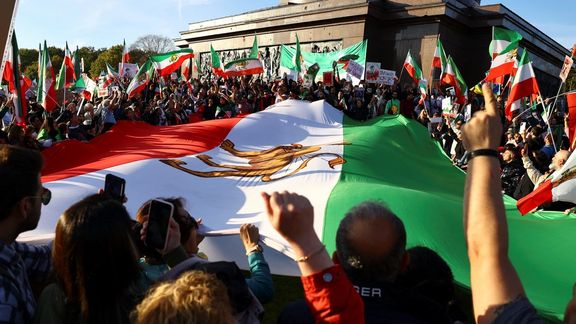
The 100-thousand-strong rally of Iranians in Berlin on Saturday and similar protests in other major cities show the mobilization and unity of diaspora communities.
The Berlin rally was the biggest-ever gathering of Iranians outside Iran, which took place peacefully and successfully, drawing crowds from most European countries.
There is little doubt that for now the protest movement, that many call ‘the revolution,’ has brought about a strong unity on one major issue – people in Iran and in the diaspora do not want the clerical regime.
Gone is the idea of being patient and waiting for reforms in Iran.
Since 2017, the governing military-clerical elite has proven that it is increasingly tilting toward more despotism and radicalism in domestic and foreign policies. Even regime insiders who were a bit more moderate have been completely sidelined since February 2020, when an engineered election handed over the parliament to hardliner elements mostly connected with the Revolutionary Guard.
They were the ones who in December 2020 voted for high levels of uranium enrichment, bringing Iran very close to a nuclear threshold state. They also refused direct talks with the United States in the long and fruitless negotiations in Vienna since April 2021.
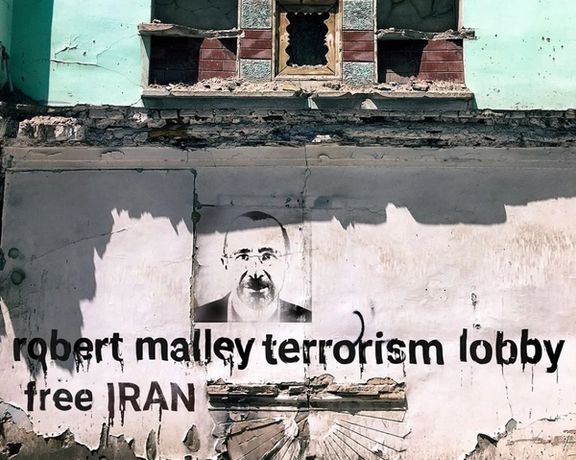
The current mobilization and unity among diaspora Iranians in Europe, Canada, the United States, Australia and elsewhere, pose a challenge to Western governments who are suddenly faced with their own citizens of Iranian descent demanding stronger policies toward the Islamic Republic.
A case in point was a tweet by US Special Envoy for Iran Robert Malley on Sunday who praised Iranian marchers in Washington DC and Los Angeles, but then said that demonstrators are asking “their government to respect their dignity and human rights.”
More than 2,500 people responded to his tweet mostly challenging his formulation that Iranians simply want respect from their government. They said that Iranians reject the current regime, not that they are asking for a change of behavior by the authoritarian system. There were as many critical comments as ‘Likes’ that Malley’s tweet received. Some even asked for his resignation as a Biden official who in their perception is not sympathetic to what most Iranians want.
American Iranian activist and women’s rights advocate Masih Alinejad tweeted on Sunday, saying it is time for Malley to be replaced.
An Instagram post by Iran International on Sunday asking the public what they think about Malley’s tweet elicited almost 7,000 comments, almost all critical of the US envoy.
The criticism of Malley goes back to his role as an architect of the 2015 nuclear deal with Iran and the lead negotiator to restore that accord in the Biden Administration; a step that would provide tens of billions of dollars to the clerical regime, giving it the means to suppress protests and enrich its militant proxies in the region.
The activist segment of the Iranian American community has become self-assured and more determined to support the protesters inside the country. Wobbling by Democrats will cost them votes, as there is already a degree of skepticism about Jimmy Carter’s party seen as responsible for abandoning the Shah in 1978 and helping to bring the Islamic Republic to power.
European governments will also soon realize that there is a substantial Iranian voting bloc in Germany, Britain, Sweden and some other countries. Already, second and third generation Iranians are getting elected to public office in some European countries. Two young Iranian women became ministers in Sweden this month.
The rallies in support of protesters in Iran are giving the Iranian diaspora an organization and grassroots leaders who reject pro-regime lobbying groups they have come to discredit lately. Their role is most evident in Canada, where the government in October adopted sanctions against the Revolutionary Guard.
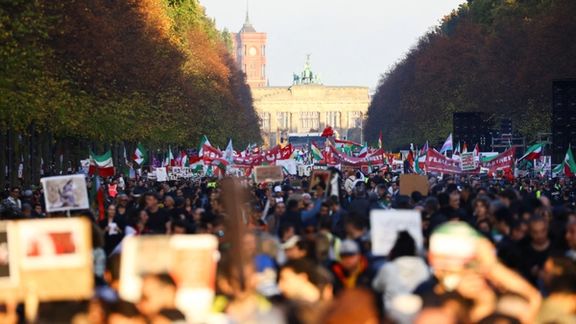
The huge rally of diaspora Iranians in the German capital Berlin Saturday has angered the government in Tehran which tried to belittle the opposition gathering.
In an article on Sunday, Iran Daily, a government mouthpiece, dismissed the 100,000 number of protesters cited by independent media, claiming that the crowd was so small it could not even fill the main venue in Berlin.
This comes as videos of the gathering showed a countless number of people not only around the main square but also in the adjoining streets.
German police said over 80,000 took part in the anti-regime protest and many international TV channels called it the largest demonstration of Iranians in history.
The author of Iran daily’s piece also claimed that “terrorists and [non-Iranian] Europeans” had received money to participate in this gathering, without presenting any evidence.
According to the report, “the extensive planning and large expenses for setting up an anti-Iranian demonstration in Berlin turned into a complete failure.”
Some activists commented that since all pro-government rallies in Iran are organized by substantial expenditures to bus people in and give them food that Tehran officials assume a protest in the West also needs a lot of money.
Meanwhile, Nour News, which is close to the secretary of Iran's Supreme National Security Council said if the claims by the Persian-speaking media based abroad are true, “they barely could comprise two to four percent of the Iranians living in Europe.”
Referring to it as a “fiasco”, it argued that “most of the rally participants were homosexuals, MEK members, separatists, monarchists and anarchists.”
“It is better for the West to focus on its own political, economic and security problems rather than creating sedition in other countries, so that their people do not suffer from inflation, food scarcity and gas shortage,” added Nour News.
This comes as experts have predicted a 50 percent inflation for Iran in 2023 and tens of millions have fallen into poverty.
While it is estimated that a family of three needs $600 a month to survive, the minimum wage stands at around $200 according to Labor representatives.
Based on a recent report by Salam-e- No website about 66 million of Iran’s 84-million population are living under the poverty line.
Terrified by the big turnout in Berlin, Javan daily, which is affiliated with the Revolutionary Guard, warned Germany of consequences for allowing people to hold a massive demonstration in Berlin against the Islamic Republic.
Afkarnews, another website that tried to devalue the Berlin demonstration said that “the organizers used people of different nationalities and homeless people who even did not know where Iran is geographically located.”
Such claims come at a time when the Islamic Republic is well known for forced confessions and using mercenaries to crack down on antigovernment protests.
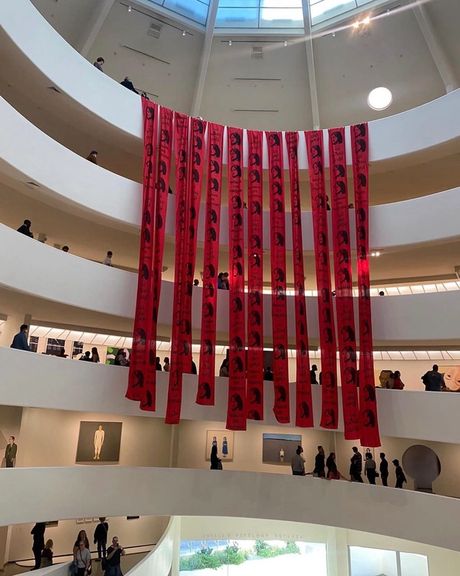
A group of anonymous artists unveiled an installation art piece at the Guggenheim Museum in New York featuring photos of Mahsa Amini, whose death sparked antigovernment protests in Iran.
The artwork was comprised of 12 long red banners with black stencil photos of Amini as well as the main slogan of the current wave or protests -- Women, Life, Liberty – hanging from the top floor to about four stories down in the vast well hole of the museum’s spiral stairway.
Iranian-born New York-based artist Shirin Neshat shared a photo of the piece in her Instagram page, saying she is proud of the brave artists “who made a surprise protest by hanging this beautiful display today, they are the conscience of the sleepy art world who cares little for Iranian women fighting for basic human rights and freedom.”
Countless artworks have been created by Iranian and foreign artists in support of the current wave of the protests and numerous celebrities have expressed their solidarity with the Iranian protesters. Since the death of Mahsa Amini in custody of the hijab enforcement agents – or the so-called morality police – daily protests and strikes have convulsed the Islamic Republic.
The regime’s repression agents have been committing heinous atrocities such as arresting and killing children and young adults, who have become the icons of the uprising and are extensively featured in songs, illustrations, paintings and murals all over the world.
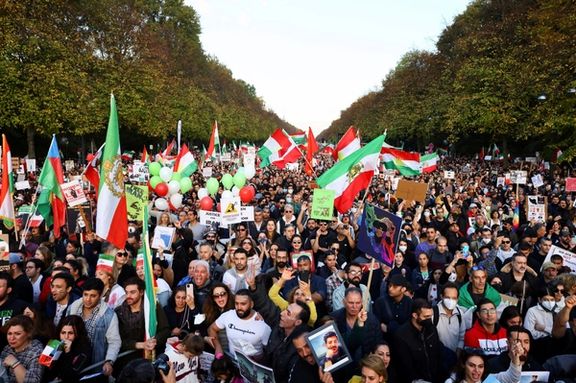
An Iranian daily affiliated with the Revolutionary Guard has warned Germany of consequences for allowing people to hold a massive demonstration in Berlin against the Islamic Republic.
In an article published Saturday night, the IRGC’s Javan newspaper described the massive Berlin rally — where 100,000 people called for a revolution in Iran — as “a clear interference and support for regime-change seekers by Germany,” vowing it will not remain unanswered by Iran and will cost Germans dearly.
Rattled by the huge protest rally in the German capital, the paper claimed that many of the participants were not Iranians who were paid to attend the gathering. It also said many of the protesters were transferred from nearby countries in exchange for free food and accommodation.
The threatening article came a few days after Iranian state media reported that a German citizen was detained during the antigovernment protests in the northwestern city of Ardabil, where security forces beat to death at least one schoolgirl earlier in the month when students refused to attend a pro-regime rally.
The massive Freedom Rally for Iran in Berlin was described as the biggest gathering of Iranian protesters across the world. People from all corners of the continent traveled to Berlin with buses, trains and planes to voice support for their fellow-countrymen struggling against government brutality.
Protesters carried the pictures of Mahsa Amini, the 22-year-old woman who was killed in the custody of Iran’s ‘morality police’, as well as those who lost their lives in the nationwide protest movement since mid-September. They also unfurled a large Iranian pre-revolution national flag, which has become a symbol of rejecting the Islamic Republic.